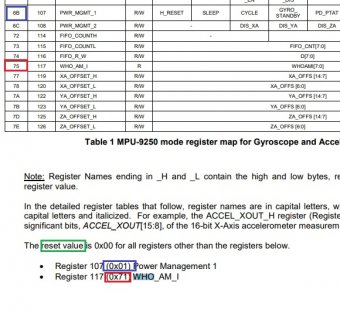Hi,
Firstly, I can only speak BASIC language, and I use Oshonsoft for programming, simulating and compiling. Unfortunately, this isn't used by many people which makes it challenging for me.
I am trying to get the MPU9250 comass module working using SPI. I have looked through the threads and found answers in ARDUINO, which I think I could pick through and convert to BASIC.
I wonder if there is anyone here that could help me write the compass section in BASIC please. I only need guidance
Perhaps to start with, point me to the best thread, that I could study first.
Cheers, Camerart.
Firstly, I can only speak BASIC language, and I use Oshonsoft for programming, simulating and compiling. Unfortunately, this isn't used by many people which makes it challenging for me.
I am trying to get the MPU9250 comass module working using SPI. I have looked through the threads and found answers in ARDUINO, which I think I could pick through and convert to BASIC.
I wonder if there is anyone here that could help me write the compass section in BASIC please. I only need guidance
Perhaps to start with, point me to the best thread, that I could study first.
Cheers, Camerart.



